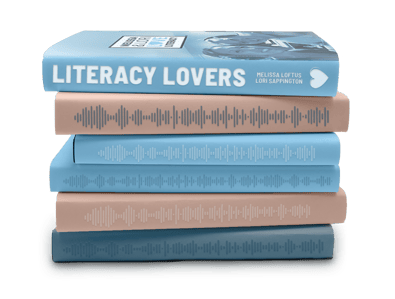Hi Literacy Lovers,
In this week's episode, we talk with the authors of Artfully Teaching the Science of Reading: Chase Young, David Paige, and Tim Rasinski. The authors define teaching artfully as bringing aspects of authenticity, aesthetically, and creativity to the classroom.
What do we think is most important to consider before diving into this book? Knowing what reading science says about teaching reading. It’s important to really know the science to be artful in your teaching.
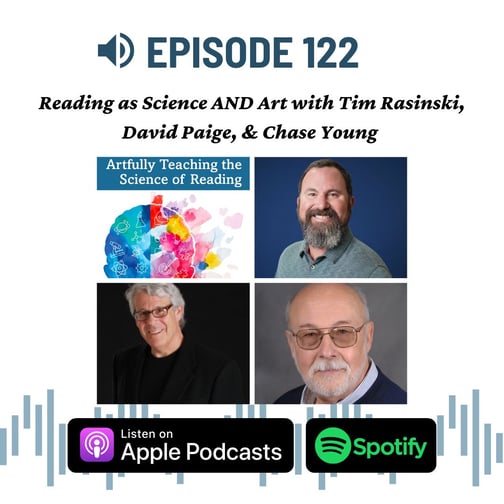
Learn More
Listen to This...
Have you listened to our BONUS BOOK TALK on Artfully Teaching the Science of Reading? It's a great primer for the episode.
Looking to learn more? Listen to Episode 62 about Effective Fluency Instruction with our favorite fluency guru, Tim Rasinski.
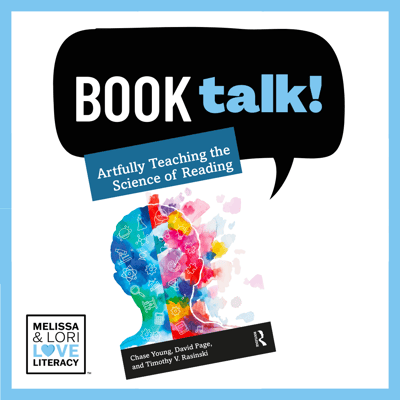
Mentioned on the Podcast
A list of all of the amazing resources mentioned in this week's episode!
- Artfully Teaching the Science of Reading by Chase Young, David Paige, and Timothy V. Rasinski
- Teaching Reading: A Blend of Art and Science
- “That Sounded Good!”: Using Whole-Class Choral Reading to Improve Fluency by David Paige
- Chase Young’s website: Thebestclass.org
- Ep. 110: Baltimore Secondary Literacy Teachers Talk Fluency
- Ep. 116: Sonia Cabell on the Importance of Content-Rich ELA Instruction
- What Works Clearinghouse
- Young, C., Durham, P., Miller, M., Rasinski, T., & Lane, F. (2019). Improving reading comprehension with readers theater. Journal of Educational Research, 112(5), 615-626.
- Young, C., Durham, P., Rasinski, T., Godwin, A., & Miller, M. (2021). Closing the gender gap in reading with readers theater. Journal of Educational Research, 114(5), 495-511.
- Just for FUN: Dropkick Murphys
Lori Recommends
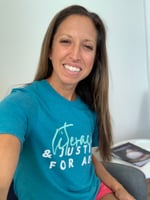
Reader's Theater Scripts
On the podcast, we briefly mention Chase Young's website, The Best Class. It hosts TONS of reader's theater scripts! I spent some time this week reading the scripts and noticing the range of access. There are long scripts, short scripts, some for one reader, some for many readers. There are story scripts, poem scripts, silly scripts, knowledge-building scripts. If you use these scripts (or other fluency passages), be sure to join our Facebook Group and let us know how it's going. I can't wait to learn more about how you support students in becoming fluent readers.
Melissa Recommends
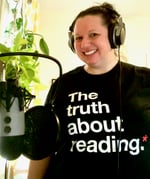
A Teacher Example
As I was reading this book, I kept thinking of one of our favorite guests, Kristin Poppens (and her fab team!). Kristin and her teammates learned the science, then added additional activities their students needed, like sound walls and rhyme mats. They used what they knew research said to be true PLUS the needs of the students in their classrooms. Here is the episode with Kristin and her team (#115), and the archived newsletter for the episode: What evidence-based strategies help our youngest students learn to read?
Thanks for reading, Literacy Lovers!
Visit OUR WEBSITE to subscribe to our newsletter and podcast!
Connect with us:
Topics from this blog: Literacy Science of Reading


